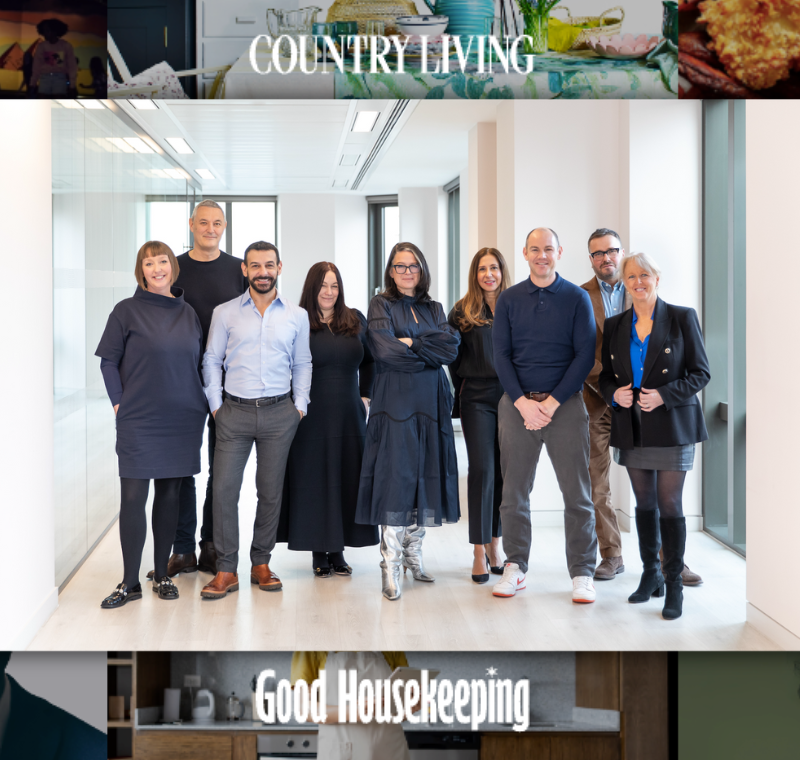A vision of the future: Are you ready for the brave new beta world?
These were two opinions expressed in a conversation on the future of magazine media at the PPA Festival in London (20 May 2015). The session was hosted by Greg Williams of Wired, and included William Higham of The Next Big Thing and Douglas McCabe of Enders Analysis.
All three were in agreement that the rate of change will be exponential, and that brands and businesses will have to adapt to a world where barriers and boundaries between, for example, different media will continue to implode.
Within this context, and with a generation of younger consumers coming through who will drive much of the future trends, “the idea of the beta world is very important,” Higham said.
McCabe gave an overview of a “glass half empty” and a “glass half full” scenario for magazine media. While he is “generally optimistic” about the future, he does see “bumps in the road.” It is therefore “important” for publishers to keep their eyes on both scenarios.
His “glass half empty” scenario for magazine media included:
- Browsing does not work in digital anymore. By 2020, 70 per cent of time spent will be via mobile, with more than 85 per cent of that on apps –gaming and messaging/social apps locking out many other plays
- Traditional advertising will fall away as buying becomes increasingly programmatic, and programmatic does not take into account the value of what magazine media produce
- Consumers will not pay for premium content
The “glass half full” scenario included:
- Magazine media are moving into a world where they really know who their consumer is, whereas previously it did not
- Brands can reach scale
- Community and membership models are emerging
- Browsing and discovery really matters, and brands have real authority and trust in the “Wild West of information overload.” Platforms are crying out for trusted brands, of which Facebook’s launch of Instant Articles is an early example.
- Magazine media brands do not only create content, they create utility and service (a service, not product model)
- Brands are entering the marketing market place, which is 5-10 times bigger than the advertising market place and growing at a faster pace
Speaking on print specifically, the print sector “will be much smaller” and McCabe suspects only “one or two” truly mass markets brands will remain, luxury and niche brands will continue to do well and the “fat middle” will basically disappear. The kicker is that printed magazines will be “incredibly trendy” in 2020, and in 10 years in 2025. It is a “disconnected media” and “that is why people will love it.”
Higham in turn listed a variety of developments that will have impact in the next five years, from 5G to half a billion people coming online the first time (via mobile) to the Internet of Things and virtual reality and more.
This means broadly two things:
- It is levelling the playing field. Boundaries and barriers are breaking up pretty much everywhere. “It is very hard to define for example what a magazine is today… Who uses their phones to call anymore? If you have to start your business (in this boundary-less environment) today, what would you do?”
- It is not only about following technology, but also about consumers – looking at how their attitudes are changing. Publishers should ask, “What are the attitudes of our readers today, and how has it changed, in particular around things like convenience, entertainment…”
Here are a few more highlights from the session:
Winning in a multi-platform world
Within the multi-platform world there may be fewer winners, but those who win, said McCabe, will win big. This is also where brand fluidity across platforms comes into play. “Think of Vogue – just as an example – as a fashion bible not only in print, but everywhere … that’s what you should be doing (own the space, across all platforms). Then there is no point for competitors to be there.”
Higham concurred that publishers should “own” their subject areas. “If you become the bible for your space, irrespective of channel, you will not have to worry about technology.”
The search for knowledge
There is no template for what will make a successful magazine media brand in future, but there are things publishers can do to have a chance at success.
Publishers have to think about all of the knowledge they have within their companies, people who know about subjects and who know how to get information on those subjects from other experts, said Higham. “We have people who are hungry for knowledge, and this desire is bigger than ever before. You know about stuff. Make it easy for them” to get it.
Utility value/making life easier
Referring to McCabe’s point about brands creating utility and services, Higham said, “this idea of utility will drive success. Today, it is less about cost … and more about value. If someone can provide me with something that will make my life easier, that’s important.”
User-generated content
McCabe said like all buzz words UGC tended to drop from radar screens after a while, but he believes it is still going to be very important – it is a timing thing with the second wave hitting when “everything suddenly comes together”.
You can say, “UGC 2.0 is on its way. Look at what is happening on social media and among young people, the idea of simple self-expression and the creativity available to do (anything from) liking to commenting to creating something.” He referred to a recent quote, where a teenager said, “TV is boring” because it is not interactive enough. “Every piece of media should be interactive (in whichever way) so that people can contribute to it.”
Older generations
McCabe believes media organisations are too fixated with younger generations (in fact, he “hates” the stereotyping), while not doing enough to service the opportunities in older generations. They are “missing the point by looking only at young people. In the UK, 75 per cent of all wealth belongs to people over 45. The average age of the population is 41. There is still good business to be made here.
“There is this obsession with young people with limited cash,” buying into “one of the myths of advertising” that “if you get them young, you will have them for life. But one of the reasons they buy certain brands, is because they can only afford those brands.” This while older people “tend to become more brand loyal.”
More blurring of lines
McCabe referred to recent news of Dentsu Aegis Network’s acquisition of UK-based content marketing agency (with roots in traditional custom publishing) John Brown as another example of blurring lines. Agencies are looking at getting into publishing, and there is no reason why publishers should not get into the agency business in the future.
On how to stay on top of changing trends
McCabe: To stay on top, you have to do the “nitty gritty research … but the beauty is that today you know more than ever about your audience. It’s a wonderful self-learning machine.” Higham: “And ask your audience, really do. They are keen to talk.”
Print: an opportunity to unplug from the digital grid?
There may well be times when consumers would want to get “off screen,” but there is more to it than it. “There is room for print, just as there is room for all types of media. You have savvy consumers … and they’ll make smart decisions about what will work (at any given time),” said Higham. In summary, own the space across platforms and be where you can be of service to your consumers at any given point.
Story by Cobus Heyl.
More like this
Publishing Futures survey reveals UK magazine media industry growth
eMarketer report tackles how to track consumers’ multiplatform behaviour









